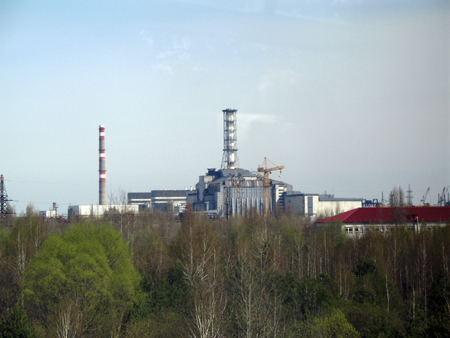Fuel Rods at Japanese Plant Are Fully Exposed
Workers wearing protective suits check the status of the water level indicator at the fuel area inside the crippled Fukushima Daiichi Nuclear Power Plant Number 1 reactor in Fukushima Prefecture May 10, 2011."Operators of Japan's crippled Fukushima nuclear power plant say water levels in the plant's number-one reactor are lower than originally thought.
Tokyo Electric Power Company (TEPCO) said Thursday the problem became evident when workers finally were able to enter the building and adjust water gauges in the unit. The company previously thought the water was about one meter below the top of the nuclear fuel rods. Instead, it is actually below the rods - leaving them completely exposed." Voice of America
"Tokyo Electric Power Co. said one of the reactor cores at its stricken Fukushima Dai-Ichi nuclear plant is more seriously damaged than previously thought, setting back the utility’s plan to resolve the crisis." Business Week
 admin
admin
UNIT 3 LEAKING INTO OCEAN: TEPCO announced on May 11 evening that a high concentration of cesium-134 was detected in the seawater just outside the silt fence for the water intake area for the Reactor 3 at Fukushima I Nuclear Power Plant. Cesium-134 was found to be 18,000 times the allowable limit for discharge into the ocean. It was the first time the highly contaminated water was found leaking from the Reactor 3. TEPCO carried out an emergency work to stop the leak.






